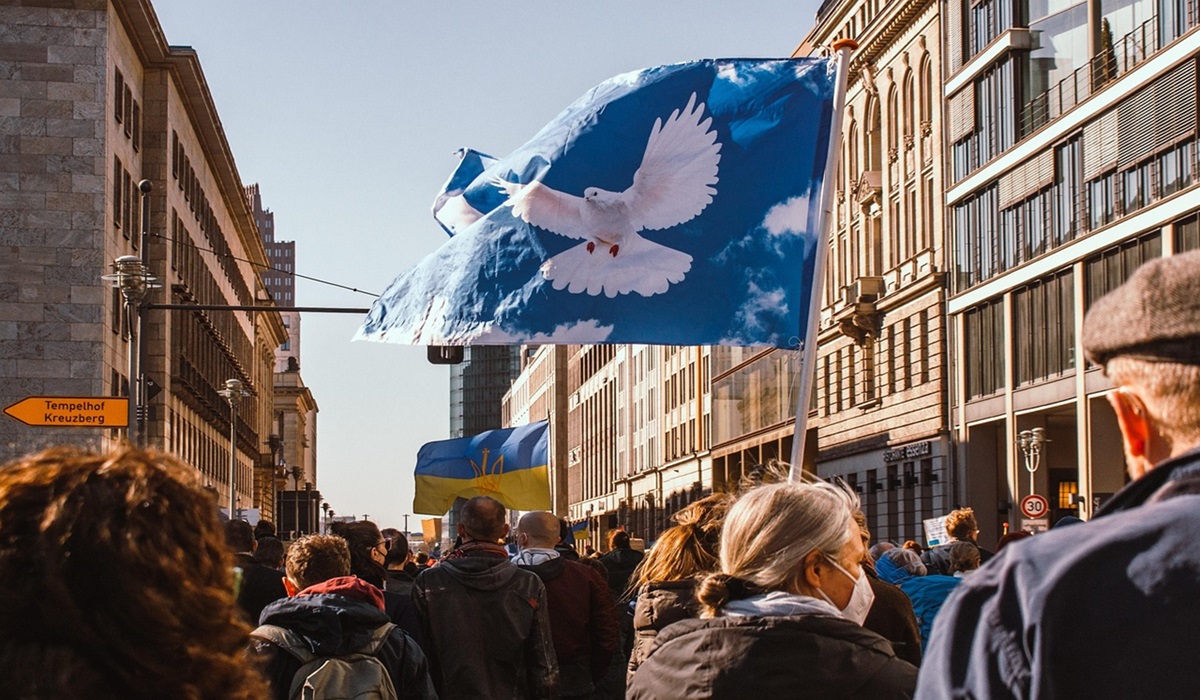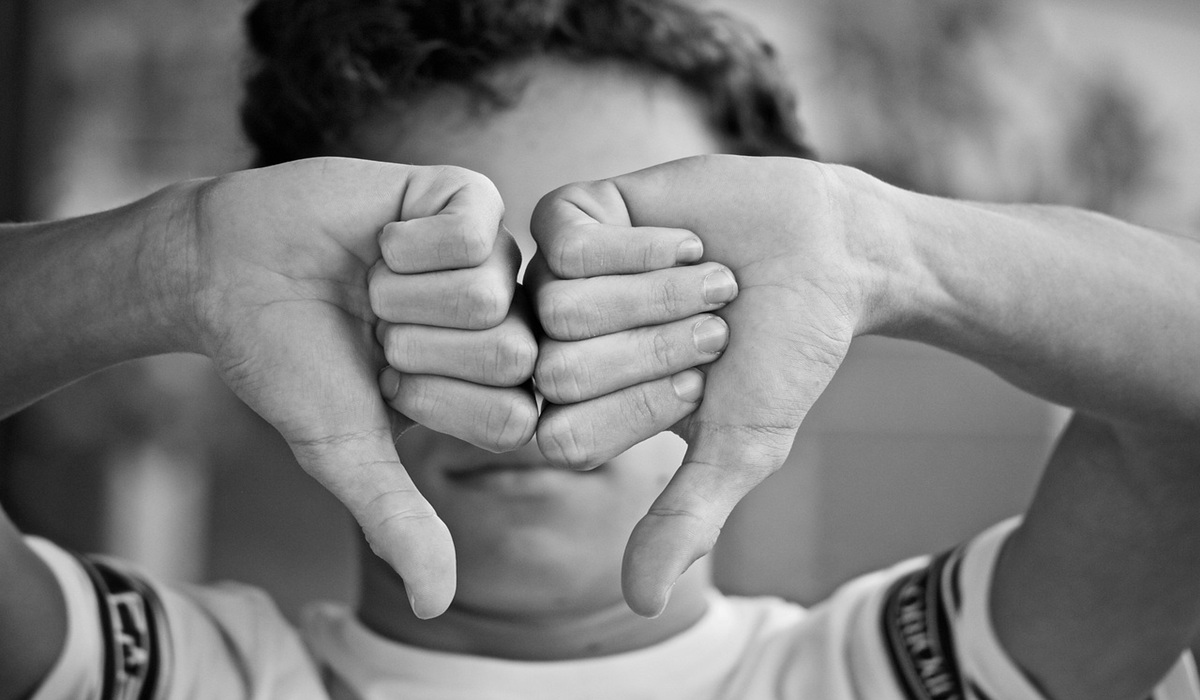Millions at Risk of Being Left Behind in Ukraine’s Recovery, Aid Agencies Warn
- Ingrid Jones
- Europe
- Trending News
- July 11, 2025

Image Credit, Wal_172619
As the international community gathers in Rome for the Ukraine Recovery Conference (URC), a stark warning rings out from leading humanitarian agencies: Ukraine’s post-war recovery risks excluding the very people who have endured the worst of the conflict.
The Norwegian Refugee Council (NRC), CF Stabilization Support Services, and CARE Ukraine are sounding the alarm, urging stakeholders not to overlook the 3.75 million internally displaced people (IDPs) who continue to live in precarious conditions across the country. These organizations have released a joint briefing note—Bridging the Gaps: Ensuring a Human-Centred Recovery for Internally Displaced People in Ukraine—to drive home their message: real recovery must be built around people, not just infrastructure.
It’s been three years since the full-scale invasion of Ukraine began, and while discussions of rebuilding and economic revitalization take center stage at high-level forums like the URC, the humanitarian reality on the ground paints a far grimmer picture.
“Ukraine’s long-term resilience and social cohesion depend on a recovery that is genuinely inclusive of those most affected by conflict and displacement,” said Marit Glad, NRC Country Director for Ukraine. “There is still no clear plan to bring internally displaced people back into the fabric of the nation.”
Despite growing political momentum around reconstruction, the response to internal displacement remains deeply fragmented. Fewer than 13% of Ukraine’s local municipalities—known as hromadas—have even submitted a local recovery plan. That means out of more than 1,500 hromadas, just around 200 have a roadmap for rebuilding and inclusion.
“Without a coordinated effort to address the needs of displaced communities, Ukraine’s recovery will remain lopsided, benefiting the few while leaving millions behind,” added Valeriia Vershynina, Executive Director for CF Stabilization Support Services. “The government must lead, but international donors must step up with real, sustained support.”
For many of Ukraine’s IDPs, life after displacement has become a grim exercise in endurance. Humanitarian aid has dwindled, while the cost of living continues to rise. For those like Svitlana and Serhii, who were forced to flee Vovchansk and now live in a collective center near Kharkiv, survival has replaced any notion of recovery.
“I cannot say we are living. We are surviving,” Svitlana said. “At first, there was some assistance, and we were grateful—without it, we wouldn’t have made it. But now the cost is breaking us. Apart from food and medicine, we can’t afford anything.”
Their story is tragically common. As of late 2024, nearly 79,000 IDPs still live in collective sites—many of which lack proper infrastructure, accessibility, and basic services. Almost half of these sites are inaccessible to people with disabilities, and 90% of residents have been stuck there for more than 18 months, often due to no other available housing options.
Recovery is not just about rebuilding cities—it’s about restoring dignity, rights, and opportunities to individuals and communities. And for that to happen, displaced people need a seat at the table.
“Women are leading humanitarian efforts across Ukraine. They make up the majority of the displaced population, yet remain vastly underrepresented in decision-making,” said Michael McGrath, CARE Country Director for Ukraine. “True recovery will only happen if those most affected by conflict are empowered to shape their futures.”
This gender disparity, along with broader exclusion of marginalized groups—such as people with disabilities and the elderly—means the path to a stable, inclusive Ukraine is still riddled with obstacles.
The Ukraine Recovery Conference provides a critical opportunity to pivot. As donors, private sector leaders, and policymakers debate investments and timelines, aid agencies are pushing for a shift in priorities—toward long-term, people-centered recovery that strengthens social cohesion and reduces the risk of entrenched poverty and inequality.
This includes:
- Funding local governance: Most hromadas lack the resources and expertise to develop comprehensive recovery plans. Donors must prioritize technical support and funding for local institutions.
- Accelerating housing solutions: Displaced people cannot rebuild their lives without stable, safe housing. Housing reconstruction and rental support must become core pillars of recovery programming.
- Engaging displaced communities: Recovery efforts must be guided by the experiences, voices, and leadership of IDPs themselves. Without this inclusion, policies will miss the mark and deepen social fractures.
In a conflict that has redrawn borders, uprooted families, and redefined daily life for millions, rebuilding must go beyond bricks and mortar. It must restore agency, dignity, and hope.
Anything less would mean rebuilding a country only halfway—and risking the future of millions in the process.
Editor’s Note:
As of March 2025, internally displaced people represent nearly 10% of Ukraine’s population. Most have been displaced for over a year, with limited prospects for return due to ongoing insecurity and destruction. Despite political will, local recovery plans remain underdeveloped, and basic services for IDPs remain inconsistent. The full briefing, Bridging the Gaps, is available from NRC, CARE Ukraine, and CF Stabilization Support Services.








